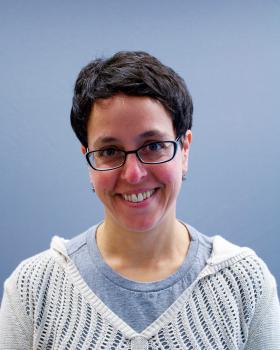Unraveling the mystery of ancient traits
 Think about the living things you see on a walk through the forest, the zoo, or even a research laboratory. Since Darwin, evolutionary biologists have been fascinated by how different organisms are from one another.
Think about the living things you see on a walk through the forest, the zoo, or even a research laboratory. Since Darwin, evolutionary biologists have been fascinated by how different organisms are from one another.
The ultimate goal is to understand how mutations in the DNA, deep inside cells, shape the behavior of the animals, plants, and microbes around us. Standard research tools in the field are now available to study the genetics of closely related individuals, like the variation in lactose intolerance among humans. But understanding differences between long-separated species has remained a challenge.
Owing to this limitation, geneticists don’t yet know how malaria parasites acquired different infectious behaviors, or short- and long-grain rice developed their shapes, in the ancient past.

In a paper released February 10, 2016, Rachel Brem, an adjunct associate professor in the Department of Plant & Microbial Biology, and her colleagues at UC Berkeley have broken through this roadblock by focusing on distantly related species of single-celled yeast, the organism used to make beer, wine, and bread. The research team first noted that some yeasts were much better than others at deriving energy from galactose, a sugar found in plant material.
Brem and collaborators then identified DNA variants between species at seven sites in the yeast genome, which regulated how galactose metabolism genes were turned on and off as the cells grew. Ultimately, the researchers showed that these regulatory changes were causal for the differences in galactose usage between species.
What does this work mean for evolutionary biology? Research in genetics is no longer limited to surveys of close relatives. Even ancient differences between long-separated organisms are now within reach. The methods used in the yeast study can be applied to pathogens, crops, and biofuel and bioremediation hosts. In any of these systems, geneticists are now equipped to discover what makes species unique.
Authors: Jeremy I. Roop, Kyu Chul Chang, Rachel B. Brem
Important Links
Link to the publication in Nature: Rachel Brem Publication: Polygenic evolution of a sugar specialization trade-off in yeast
buckinstitute.org/bremLab
buckinstitute.org/bremMembers
pmb.berkeley.edu/profile/rbrem
